The Esteemed Gentleman Articles
Transform Your Look: The Ultimate Neckwear Guide
When most people think of neckwear they likely think of a tie or bow tie. While those are two of the most popular types of neckwear, there are a few other options to choose from if you want to build a versatile and robust wardrobe.
In this article we will look at a handful of neckwear alternatives, discuss the history behind them, and if they're formal or casual. Like any article of menswear, there is some leniency, so always refer to the colour wheel. We also created a small guide at the bottom of this article.
Bandanas
Bandanas date back to the 17th century. They were widely worn in the Middle East and South Asia. Often made from cotton or silk, they served a more practical purpose by protecting the wearer from the elements, wicked away sweat in the summer, and prevented dirt and debris from getting under their clothes.
For a more in-depth look at the history of bandanas, Heddels has you covered.
Over the centuries, bandanas evolved from basic cloths to include a variety of prints and designs. They were synonymous with bandits and cowboys during the wild west, a prominent accessory in the early days of rap and hip-hop, a symbol of the blue-collar working class, a symbol for movements including Black Lives Matter and associated with street gangs.
Style Tip: Bandanas are sometimes mistaken as ascots and vice versa. We have an article titled Bandana? Ascot? What's The Difference that explains the differences in detail.
Bolo Ties
Bolo ties, sometimes referred to as "bootlace" or "cowboy ties", are a decorative piece of neckwear typically made with braded leather with metal tips and an ornamental clasp or slide that keeps it secured around the neck. The ornamental clasp can come in a variety of shapes and sizes, often incorporating stones or gems.
There are conflicting arguments on the origin of bolo ties; some claim ancient Native Americans invented them, others claim they are a more recent invention dating back to the 1930s or 1940s. Regardless, bolo ties have been a popular piece of neckwear and an alternative to the formal necktie.
Bolo ties first rose in popularity in the 1930s; worn by fictional cowboys Cisco Kid and Hopalong Cassidy. They remained popular through the 1940s then became part of the Teddy Boy style in the 1950s. They saw a brief resurgence at the turn of the millennium but this was short lived.
Often associated with cowboy culture and western wear, bolo ties have remained a popular piece of neckwear, especially in the southern US. Arizona, New Mexico, and Texas have all designated the bolo tie as the official neckwear of that state.
Bow Ties
One of the most common, and iconic, pieces of neckwear is the bow tie. The bow tie traces its roots to the cravat (which we will be covering later in this article) although modern bow ties were created some time in the late 17th / early 18th century. Bow ties were worn as a formal piece of neckwear for the upper-class dignitaries and dandies.
The now iconic black bow tie is credited to Pierre Lorillard, who decided to add one to his brand-new invention: the tuxedo, in 1886. It was an instant hit. This ultimately led to what we now call "black tie attire". Modern black-tie attire remains mostly unchanged aside from the fit of the tuxedo and some leniency in formality depending on the event.
Bow ties have remained a popular choice of neckwear and can be worn in formal settings and casual settings alike depending on the colour and pattern of the bow tie. A quality bow tie will be made from light to medium fabrics such as cotton, linen, or silk. Manmade materials like polyester or odd materials like wood and leather (yes, they do exist) should be avoided.
Ascots And Cravats
Ascots and cravats are often mistaken as the same thing, but there is a difference. To learn the differences please read our article Ascots? Cravats? What's The Difference? where we go into more detail. For the sake of brevity, we will do our best to keep it short and sweet but still give you as much valuable information as possible.
Day Ascots
Day ascots are the more casual, fun-loving, younger brother of the formal ascot. Popular during the golden age of menswear; they were featured on the silver screen in countless movies and worn by musicians and actors at the time. Available in a plethora of colours and patterns, they were the stats symbol for smart-casual attire.
Worn with a suit or worn with a housecoat, day ascots were almost as popular as neckties for a while. They lost popularity after WWII when cultures shifted, but regained it once again during the psychedelic movement of the 1960. There have been efforts to try and revive day ascots in recent decades, but its never fully caught on with the general public.
Formal Ascots
Formal ascots pre-date day ascots by almost 100 years. Most people associate Beau Brummell, an early pioneer for men's style, for the popularization of the formal ascot. He often donned a white or pastel coloured formal ascot as part of his morning wear, sometimes putting a pin in it for added flair. His daring style and ability to create intricate outfits made him one of the first menswear style icons.
Classic formal ascots were made out of heavily starched linen, which helped the fabric keep its shape throughout the day. They were often dyed in pastel, muted, natural, or dark colours and sometimes had micro-patterns like herringbone or houndstooth stitched into them for an added bit of flair.
Formal ascots aren't nearly as popular as they were in the 19th century, however they can be spotted at some weddings and events where people dress in vintage morning wear.
Cravats
The term "cravat" refers to any type of neckwear, but during its inception and the few decades following, it was its own style of neckwear. Many credit the cravat as being the granddaddy to modern day ties including the ascot, bow tie, and necktie.
First worn by Croatian soldiers during the Thirty Years War (1618-1648), cravats protected soldiers' necks from dirt and debris, wicked away sweat, and were also used to distinguish ranks among soldiers. Soldiers with higher rankings had cravats made with better material compared to lower ranking soldiers. Many early cravats were made from linen or silk.
Neckerchief
When most people think of a neckerchief they think of Scouts. Believe it or not, that's who invented them. They were unveiled at a scout rally in 1909 in London and became an instant hit. Not only were they stylish, they were practical, too; covering the neck to prevent it from sunburn, wicking away sweat, and it could be unfolded and used as a bandage or sling. They can also be worn on your head to protect it from the sun and sweat.
Neckerchiefs have never really been "in style", but they've never fallen out of style, either. They have maintained a constant level of popularity throughout the decades, often finding themselves melding in with numerous fashion trends, thanks to their versatility.
Neckties
The most common piece of neckwear in menswear is the humble necktie. It, too, evolved from the cravat. While it serves no practical use, neckties are considered by some as the final piece of an outfit.
Neckties are extremely versatile. They can be dressed up or down, depending on the colour and pattern, but also dependant on the knot. The standard Windsor, half-Windsor, and four-in-hand are all safe knots, but people have been getting creative with unconventional knots such as the trinity knot and Eldredge knot.
If you are planning on purchasing a necktie, be sure to look for natural fabrics like cotton, linen, silk and wool. Avoid synthetic materials like polyester as they don't hold their shape as well. Darker, solid colours and small repeating patterns will be more formal than bright colours and large patterns or paisley.
The Common Necktie (Langsdorf)
Out of all the types of neckties, the Langsdorf is the most common. It's so common people just assumed it didn't have a name and it was just known as a generic necktie. Now you know. The Langsdorf tie is named after Jesse Langsdorf, a tie maker from New York, who in 1922 began making diagonal cut silk ties. Doing so made the tie more resilient and held their shape. This method is still used over 100 years later and considered an industry standard.
Langsdorf ties are typically 3-4" in width, which makes them the perfect size between Kipper ties and skinny ties, which we will be looking at next. This also means that they're timeless since they don't lean towards one extreme or the other.
Kipper Ties (Fat Ties)
Kipper ties, sometimes referred to as "fat ties", were widely popular in the 1940s. They were often worn with zoot suits and hepcats. Zoot suits themselves were very large and baggy, making the kipper tie the perfect accessory. Kipper ties saw another resurgence in the late 1960s in the UK with the younger generation pushing back against the skinny tie style of the older generation then again in the 1980s alongside the big, bold, boxy power suit.
The Kipper tie gets its name from being roughly the same width as a fish that goes by the same name, although some believe it's a joke at the inventor's name: Michael Fish. Kipper ties are much wider than a tie, measuring in at 4.5-6" across. They were usually made in extremely bold colours and patterns.
Skinny Ties
On the opposite end of the tie spectrum is the skinny tie. These ties were very popular in the 1950s and 1960s both in Europe and North America and formal and casual crowds alike. They regained popularity during the new wave movement in the late 1970s and 80s then again in the late 2000s with indie style and the rise of popularity of slim fit suits.
Skinny ties can come in a wide array of colours and patterns. Unlike their traditional ties or kipper tie cousins, skinny ties are 1-2.5" wide.
Novelty Ties
Novelty ties have their place in menswear, although most stylish men agree it should be in the back corner hidden from sight. They were originally created as statement pieces, to make light of the formalities of menswear and bring some light-hearted fun into the office. Over time they evolved to become their own part of men's style. Companies began using them as a way to market their brands using cartoon characters, mascots, and slogans.
Early novelty ties weren't as unpleasing to the eye; skinny ties, wide ties, and asymmetrical ties were considered novelties at that time, but as the years went on, people pushed the limits and took novelty ties to new, unsightly places. In the 1940s, men began painting their ties garish colours. This is when companies noticed the trend and began manufacturing them, selling them at department stores.
Although novelty ties have never really been a steadily popular item, they have found their place alongside ugly sweaters and tacky Christmas suits. Fortunately, these items are only worn for a short amount of time before they're shoved into a drawer until the next festive season.
That being said, novelty ties can add some extra personality to your outfit, especially if you have one that reflects one of your interests or hobbies.
Scarves
The earliest forms of scarves date back to 1350BC. Historians believe that Ancient Egyptians wore cloth around their neck and over their heads as either a status symbol or for decoration. Throughout history scarves were worn for a variety of reasons including protection from the elements, rank identification in armies, nobility and class differentiation, political affiliation, and for style.
Scarves have become an essential part in both menswear and womenswear and for good reason; their practicality and endless styles make them suitable all year round. Thick, insulating fabrics like cashmere, wool, and alpaca fleece are great for colder months. Thin, breathable fabrics such as cotton, linen, satin, and silk scarves are better for warmer days.
Since scarves are usually removed with outerwear, they don't really have a spot on the formality scale. You can pair a bright yellow scarf with a black peacoat or with a brown suede leather jacket. Regardless, it'll look good.
Quick Tips On Neckwear Formality
- Black and white are considered most formal, followed by dark colours like blue and brown, then neutral tones. Bold, bright colours are considered very informal.
- Solid patterns are most formal, then simple patterns like checks, micro patterns like houndstooth, small repeating patterns, then large repeating patterns, paisley, followed by any large unusual pattern or design (like animals, boats, cars, etc.).
- Never match your neckwear and pocket square (This is typically associated with ties but the rule also applies to any type of neckwear).
- It's easier to dress up than down. So if you're not sure what the dress code is, dress up. You can always remove accessories and articles if you are overdressed.
Summary
Neckwear comes in all different shapes, sizes, colours, patterns, and formalities. Understanding the formality of neckwear is important and every intentionally well-dressed man should have a basic understanding of it.
It is advantageous to own at least two varieties of neckwear so you can experiment and try new combinations, adding to your own sprezzatura.
When you subscribe to the article, we will send you an e-mail when there are new updates on the site so you wouldn't miss them.


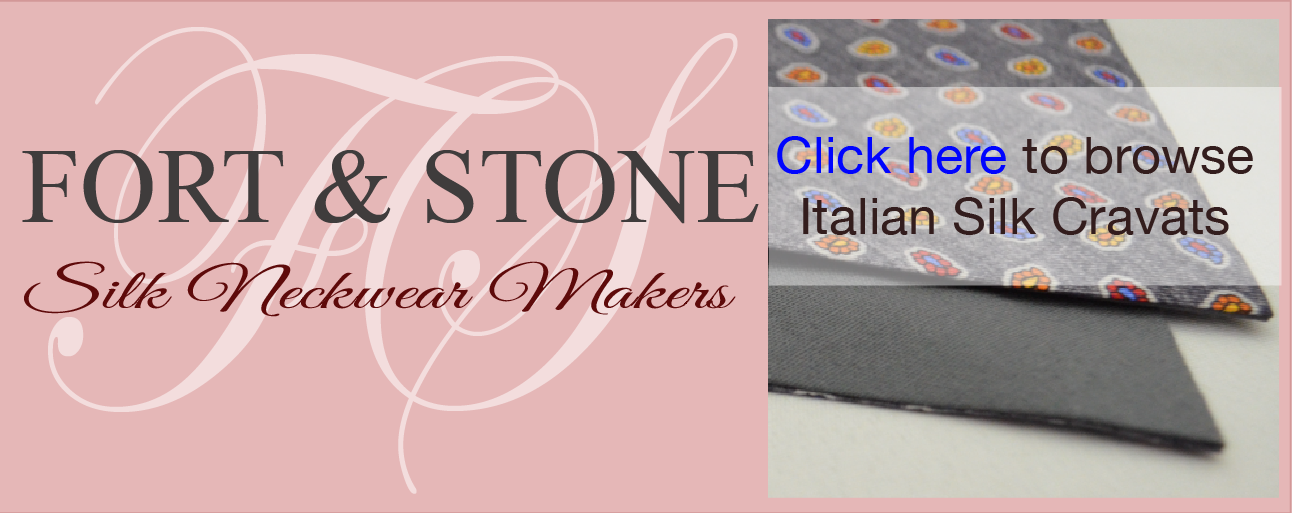
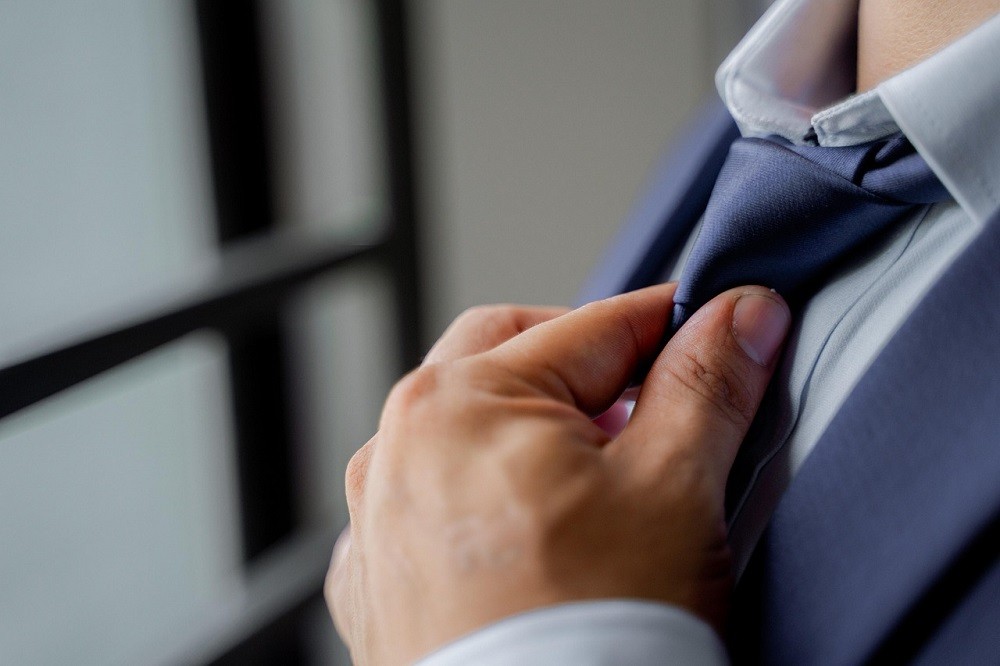
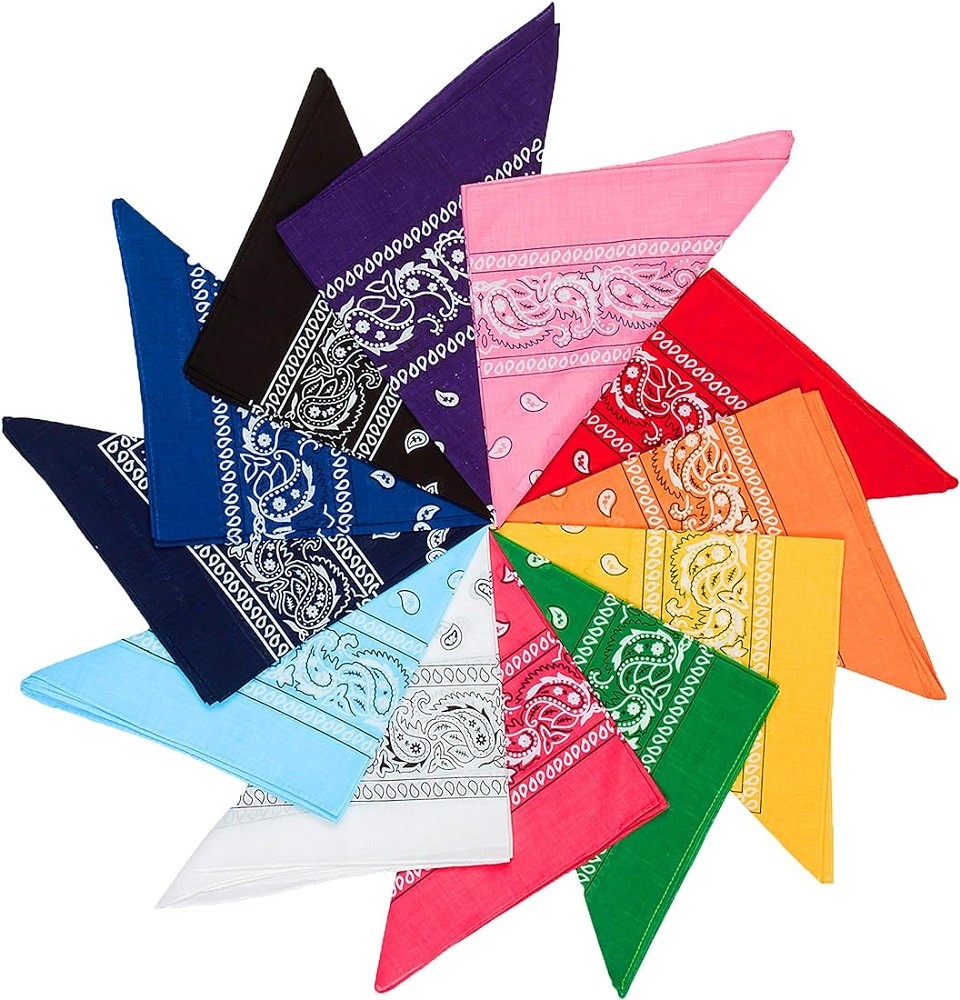
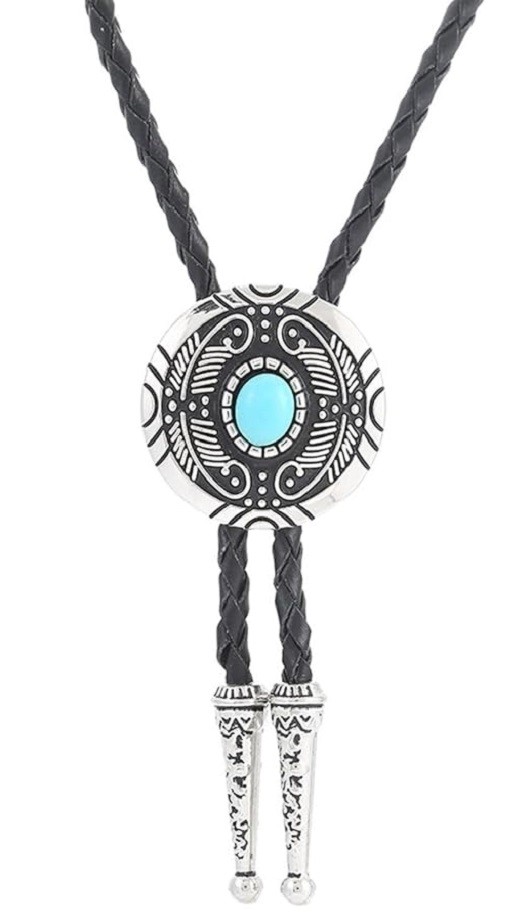
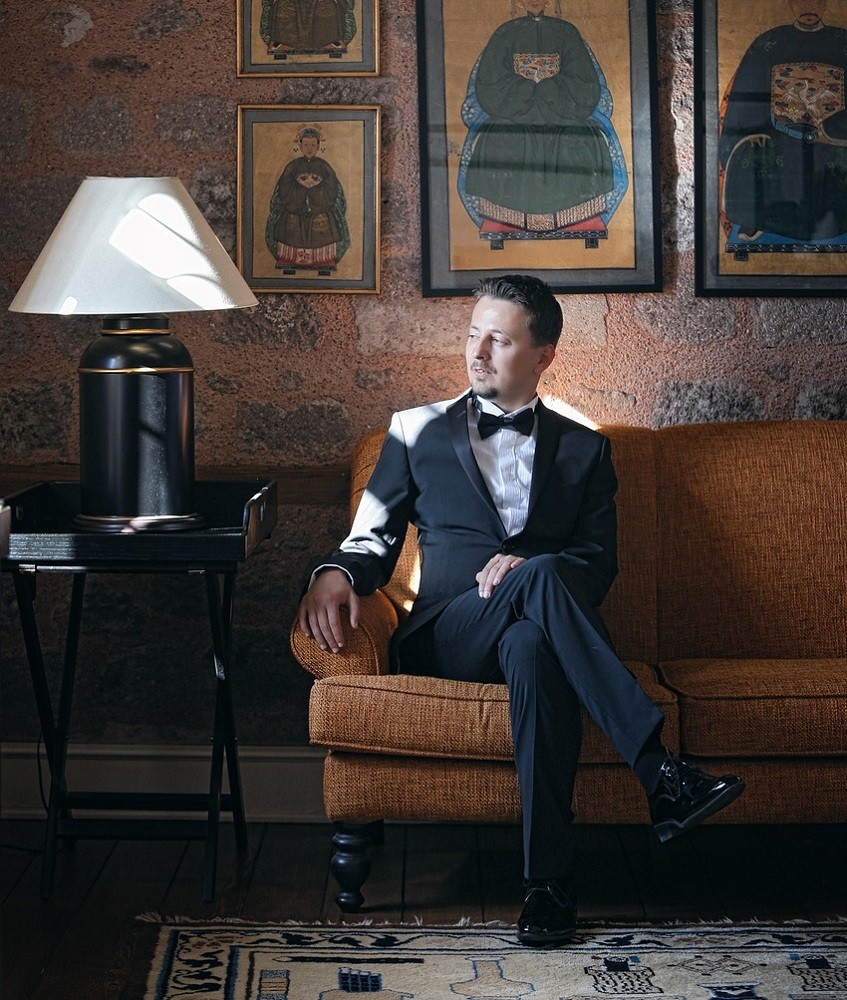
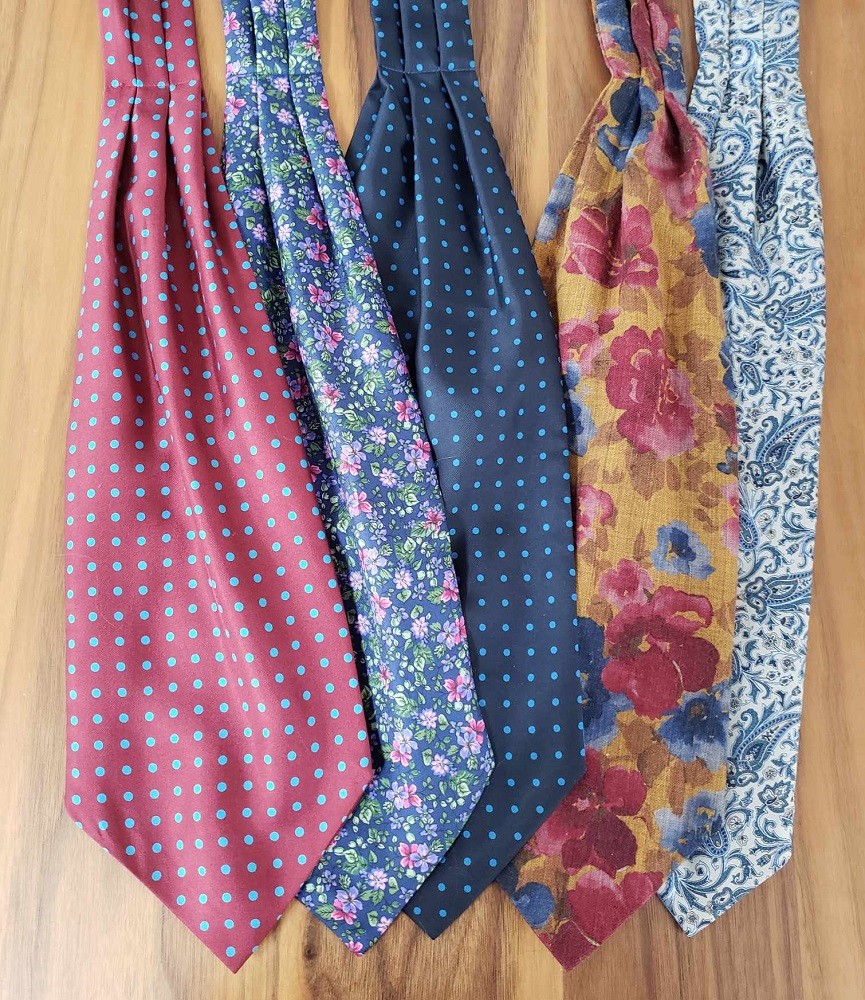
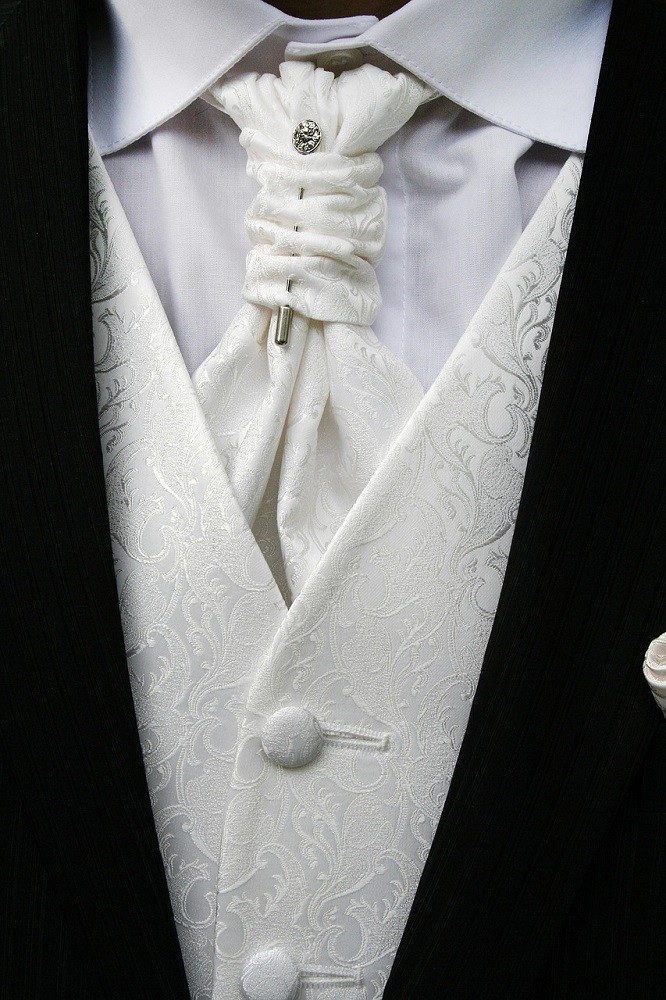
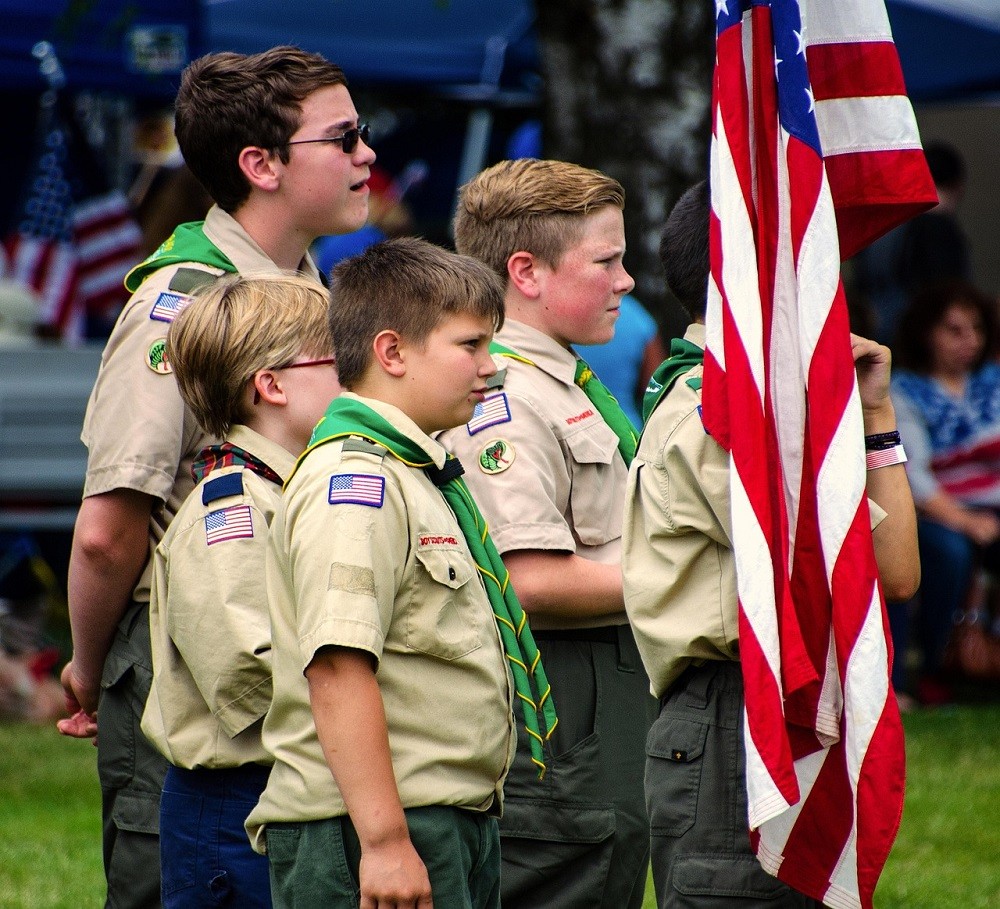
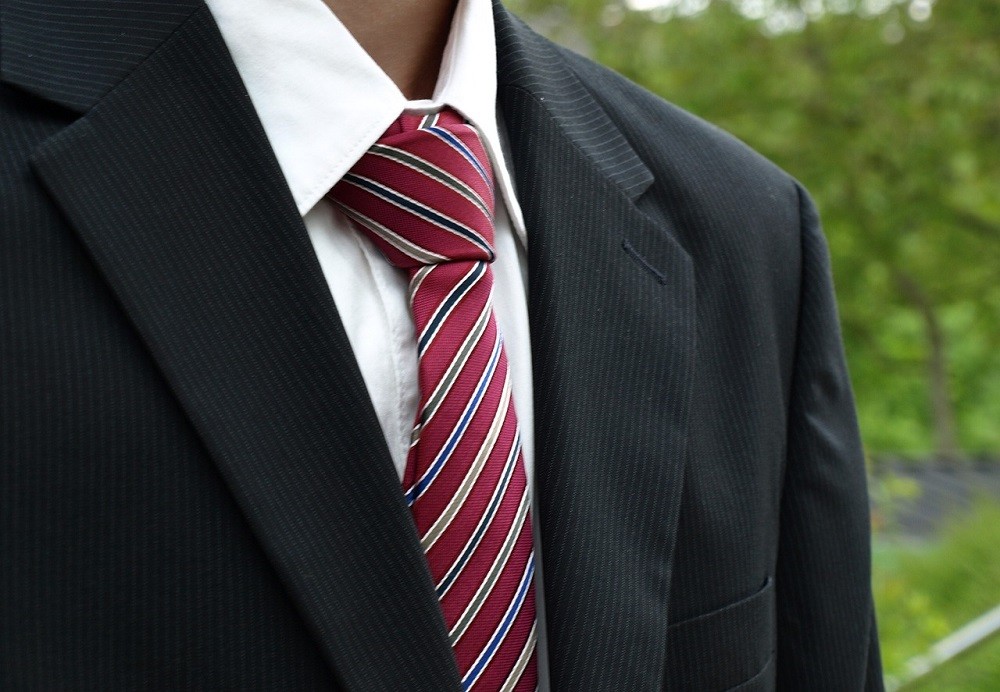
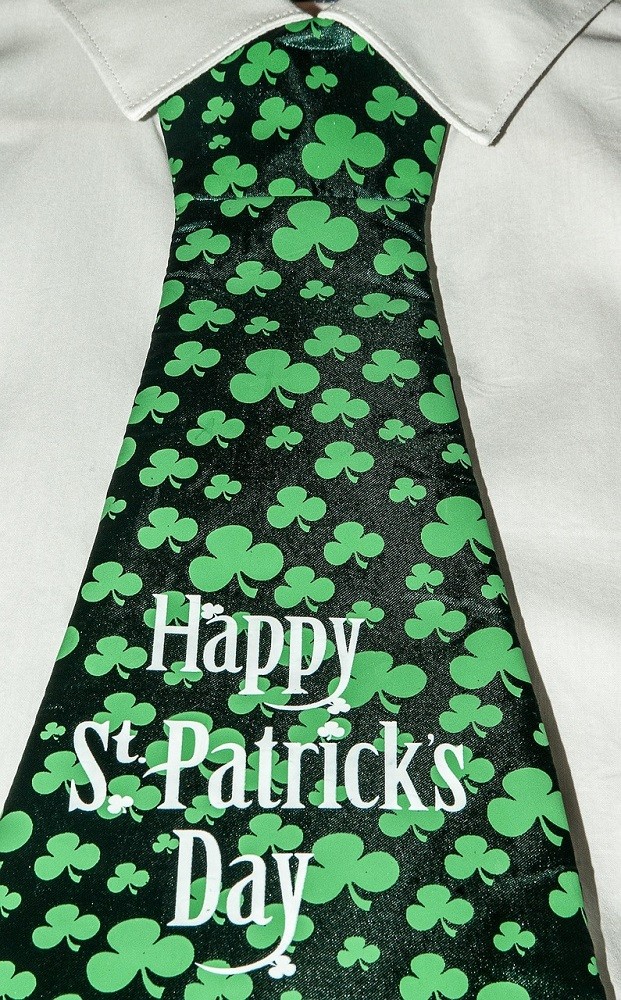
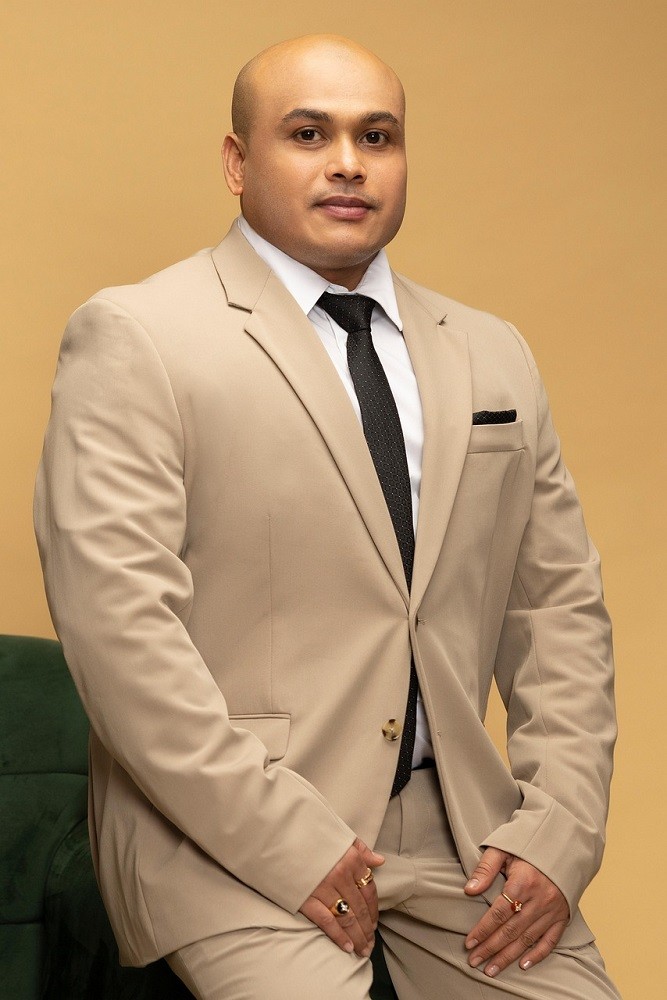
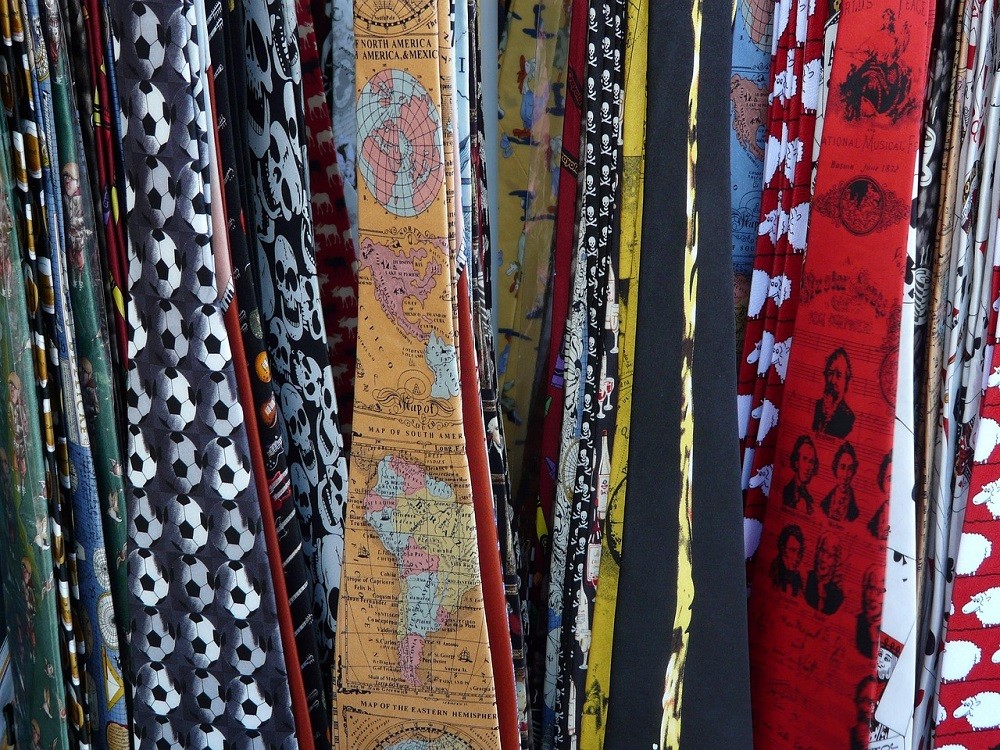
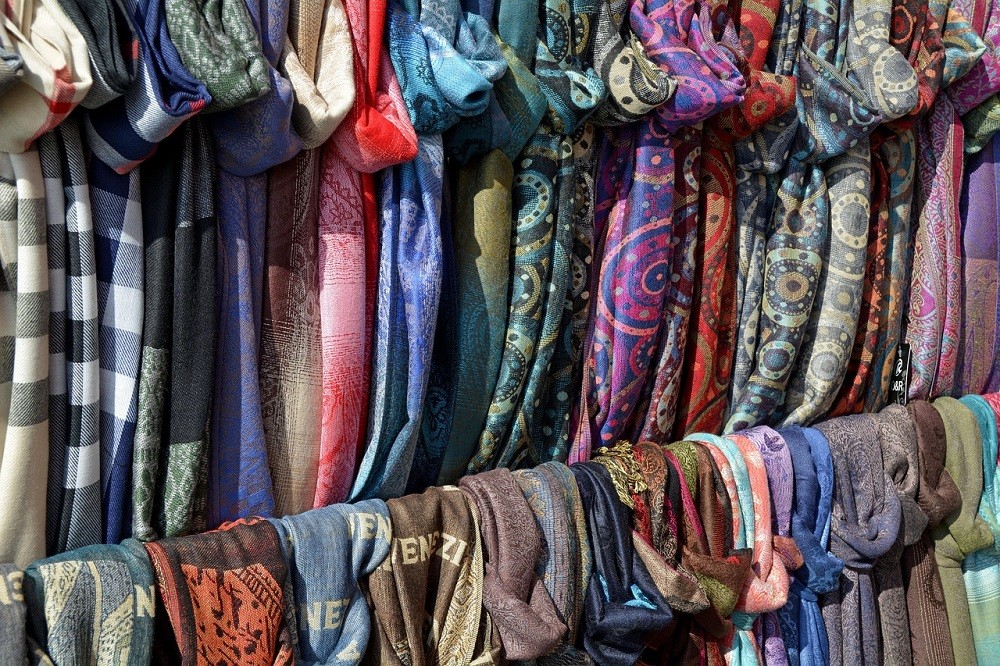

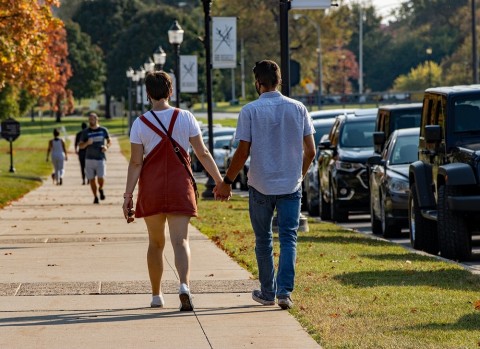
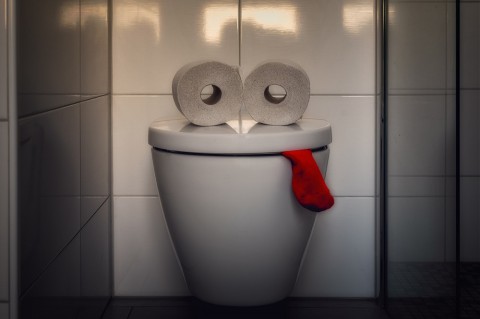
Comments